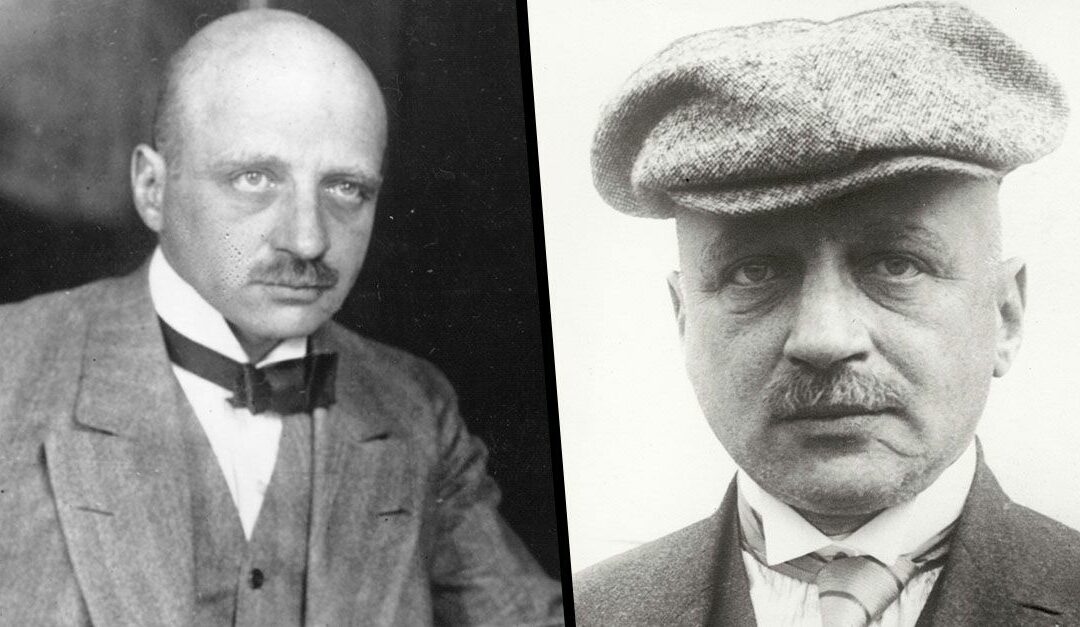Though he may have saved billions of lives, a little-known scientist also claimed millions of lives.
Even though names like Charles Darwin, Louis Pasteur, and Albert Einstein are still widely recognized today, it’s unlikely that you’ve heard of Fritz Haber unless you’re a bit of a science whiz.
One of the most groundbreaking inventions in agricultural history is credited to the German chemist.
READ MORE: The First-Ever Human-Whale Conversation By Scientists May Signal Extraterrestrial Contact
Oh, and among the most devastating weapons ever seen by mankind.

The creation of a method that continues to aid in the feeding of billions of people worldwide opens his story.
Haber, who was born in Poland in 1868, became obsessed with finding a solution to the global food crisis given the world’s population boom.
He started developing a method to change atmospheric nitrogen gas into a substance that might be utilized as fertilizer after being appointed professor of physical chemistry and electrochemistry at the Karlsruhe Institute of Technology.
This method of producing ammonia from nitrogen and hydrogen became known as the Haber-Bosch process (and was later industrialized by Carl Bosch, Haber’s brother-in-law).

The method “maintains the food base for the equivalent of half the world’s population today,” according to a worldwide agricultural historian, making it “probably the most important technological innovation of the 20th century,” as stated by Smithsonian Magazine.
The scientist started experimenting with chlorine vapors for possible use in combat a year after World War I broke out in 1914 while working as a consultant for the German War Office.
The Hague Convention forbade the employment of such toxic gasses, but as Germany suffered significant losses at the hands of the British and French armies, Haber was more inclined to employ such weapons in combat.
However, he struggled to locate any German army commanders who would consent to even conducting a field test; one general even described the use of poison gas as “unchivalrous.”
“[Haber] said if you want to win the war, then please, wage chemical warfare with conviction,” biographer Margit Szollosi-Janze claims.

Regretfully, during the ensuing years, Hitler and the German Army would carry out just that. By 1915, Haber was fighting on the front lines himself, figuring out how to kill as many enemy fighters as possible while sparing the German forces using precise gas strikes.
Ultimately, he determined that high winds would be sufficient to remove the chlorine gas from the German line; in April of that year, almost 6000 canisters containing over 168 tons of chlorine gas would be released.
Ten thousand troops or so were covered by the cloud. It is thought that almost half of them perished from asphyxiation in a matter of minutes.
Early reports, amidst the pandemonium, claimed that the Germans were dropping “chloride bombs,” which were “thrown by means of a hand sling, such as boys use for throwing stones.”
According to The Washington Post, gas bombs drove British and French soldiers insane, and those who survived “fought like demons,” but in vain.
Haber received a divisive Nobel Prize Award one year after Germany’s defeat in the Great War.
Prominent peers and past winners declined to attend, citing their disapproval of Germany’s participation in the war effort. His discovery of chlorine gas would result in millions of deaths, but his Haber-Bosch ammonia process may have saved billions more.
His legacy today is far from simple, given that many still consider him to be the “father of chemical warfare,” despite all the good that it has done and continues to accomplish in the modern world.
Radiant and America Nu, offering to elevate your entertainment game! Movies, TV series, exclusive interviews, music, and more—download now on various devices, including iPhones, Androids, smart TVs, Apple TV, Fire Stick, and more.



